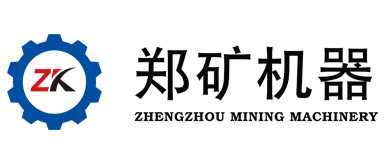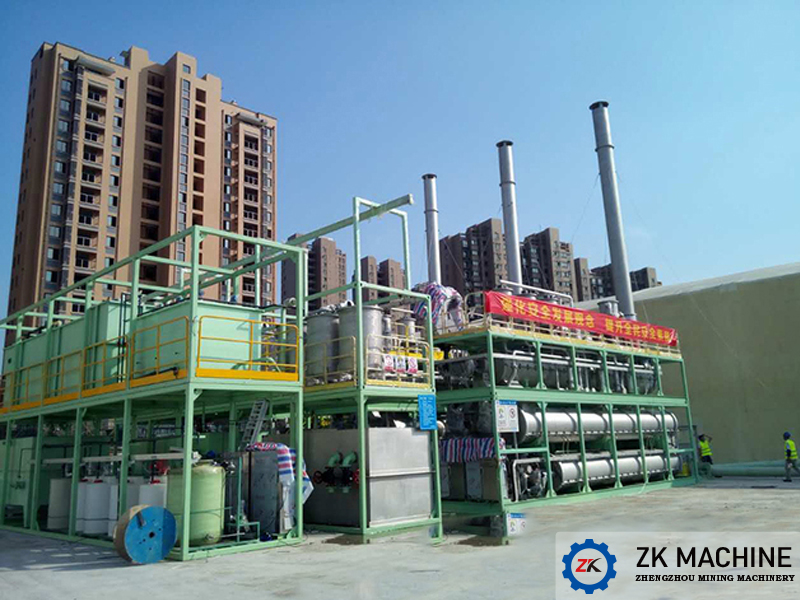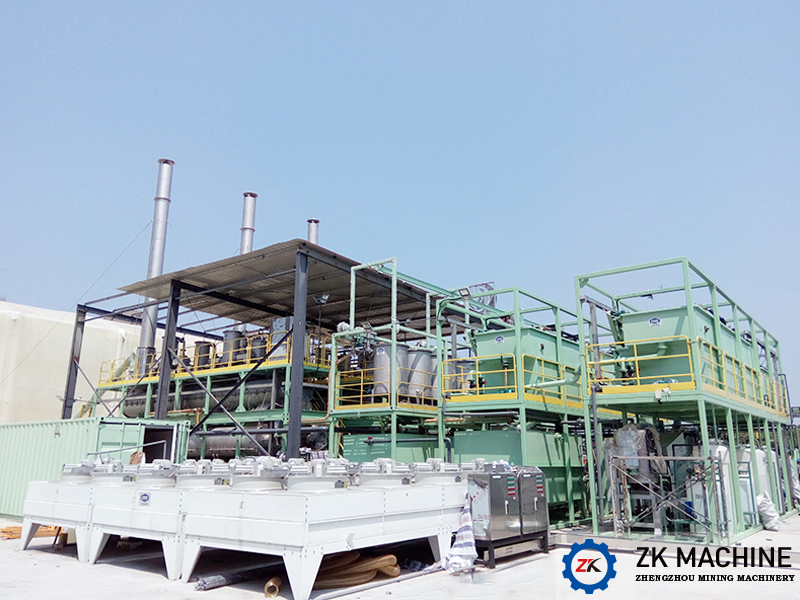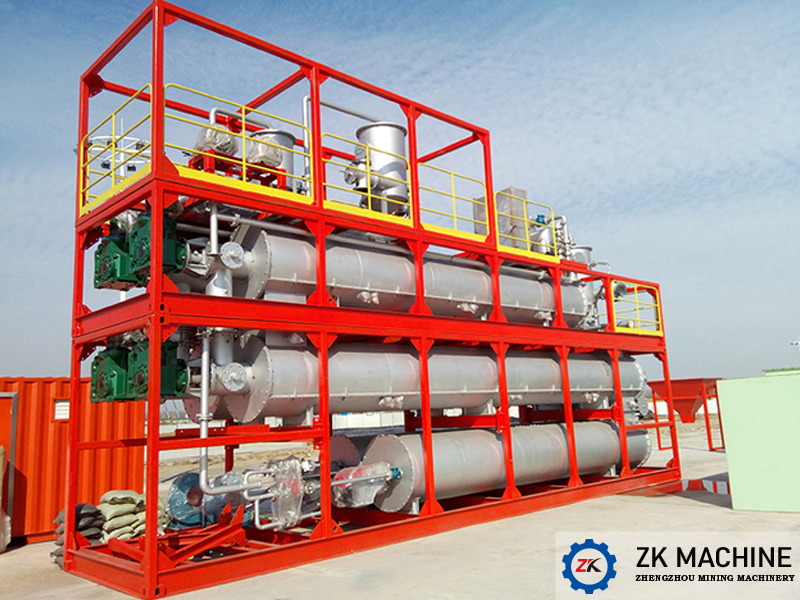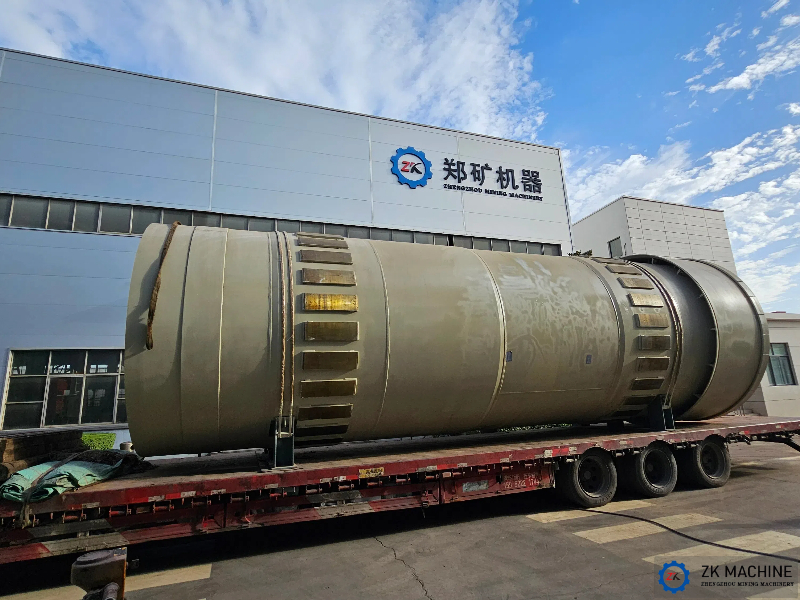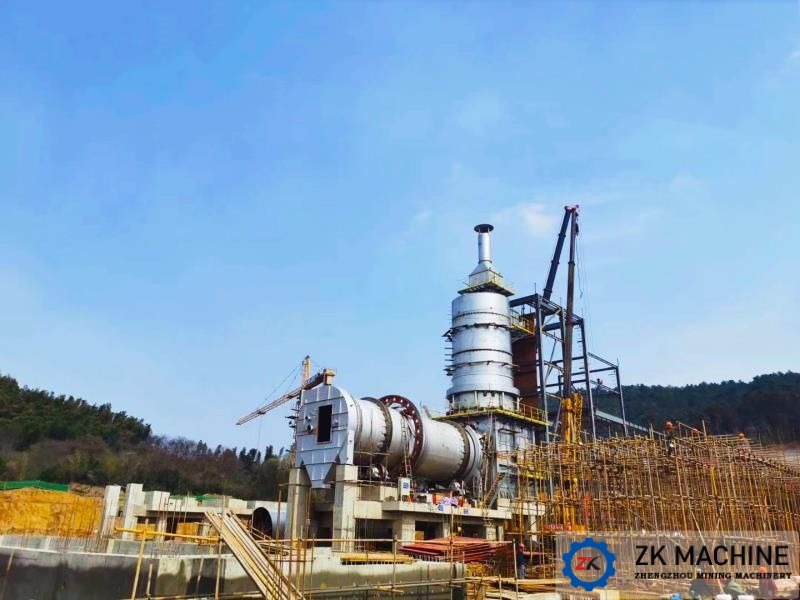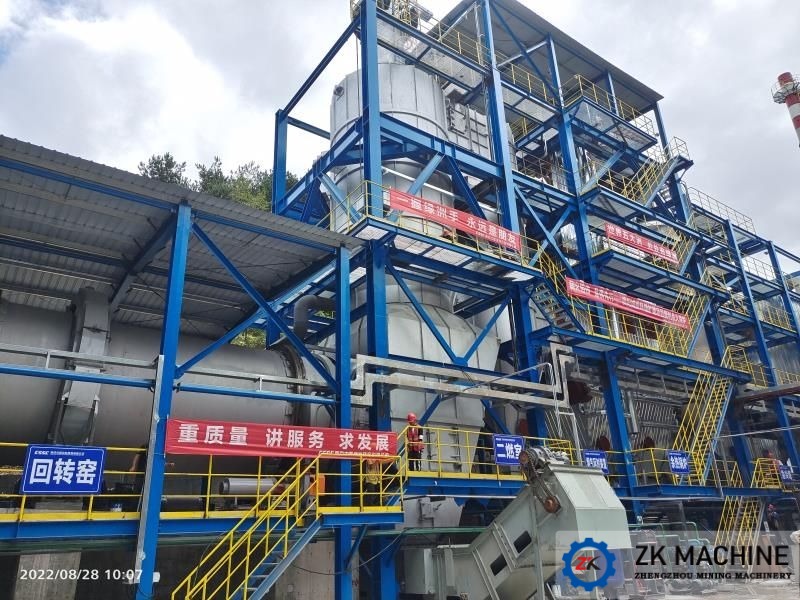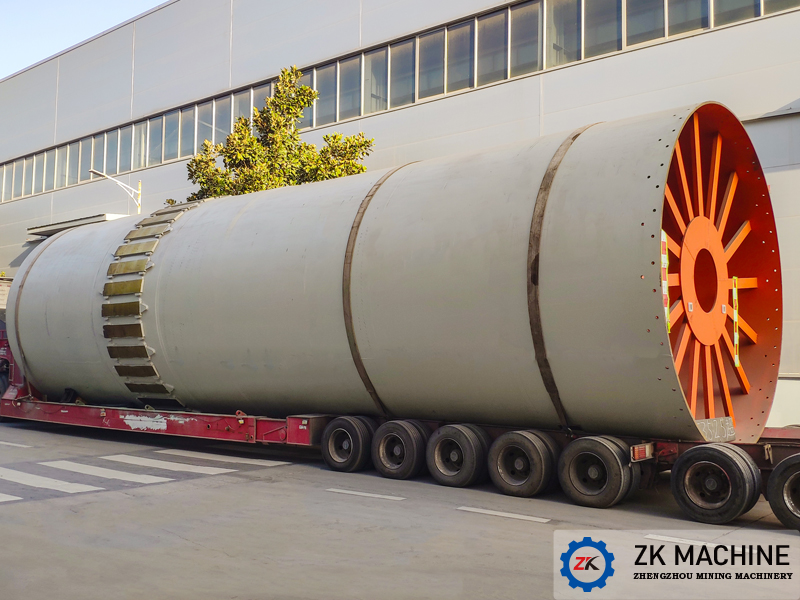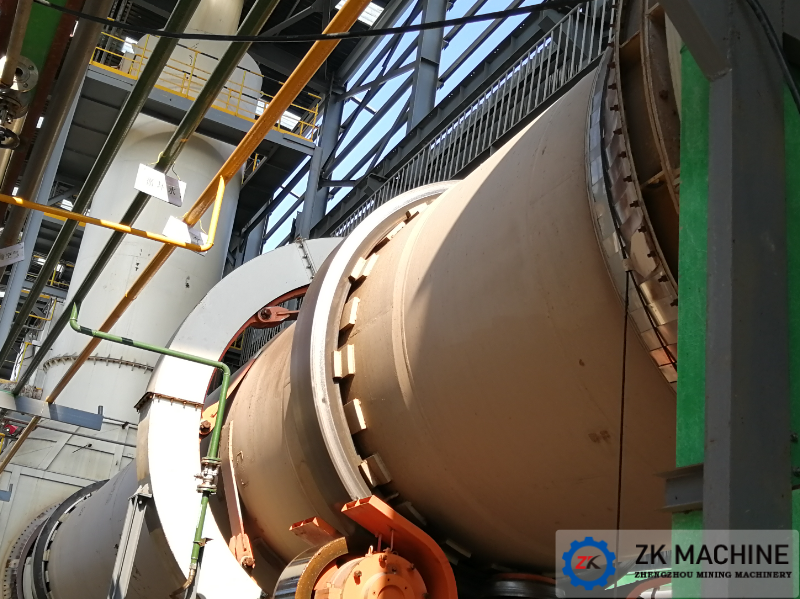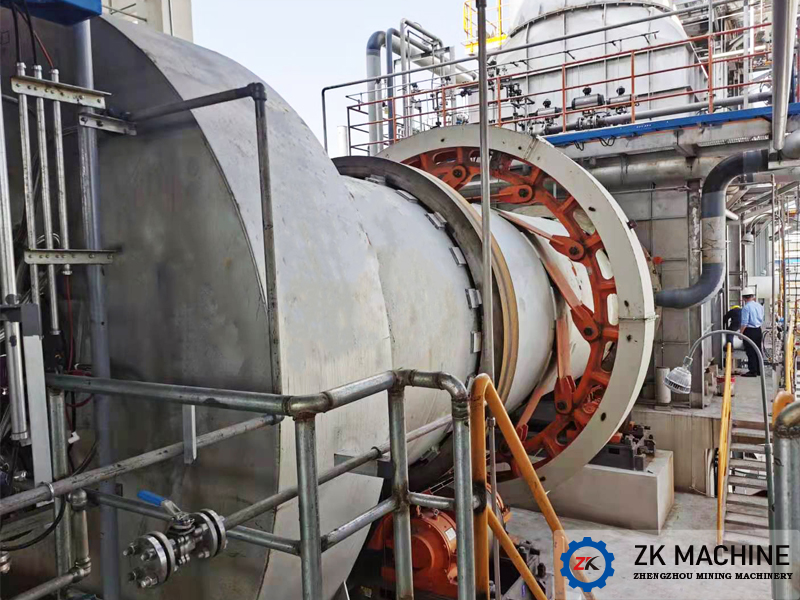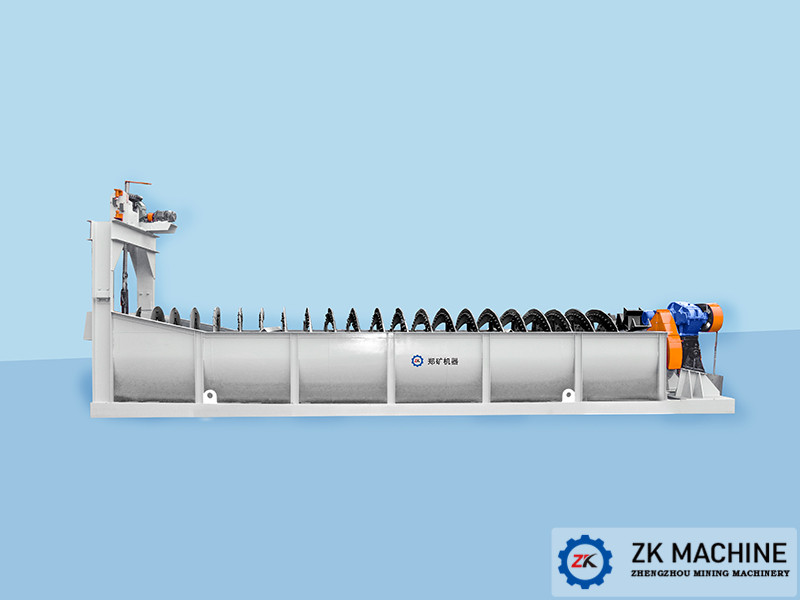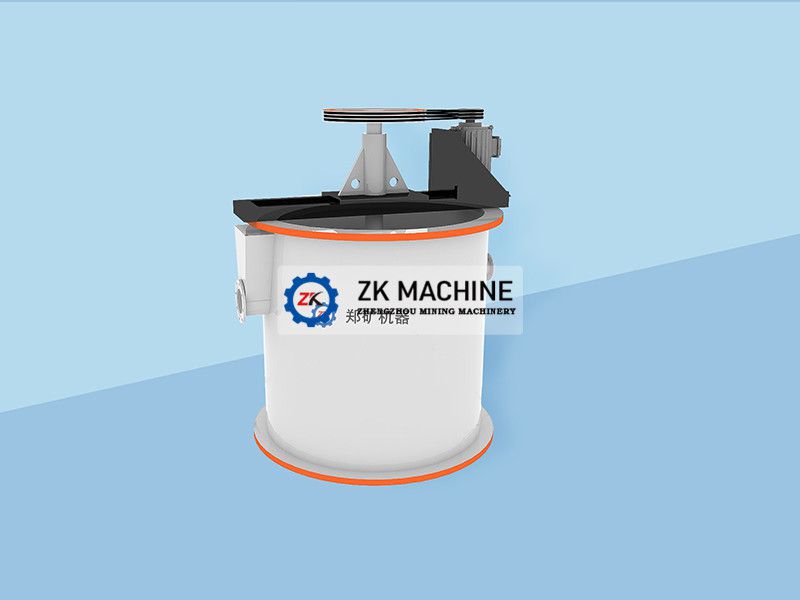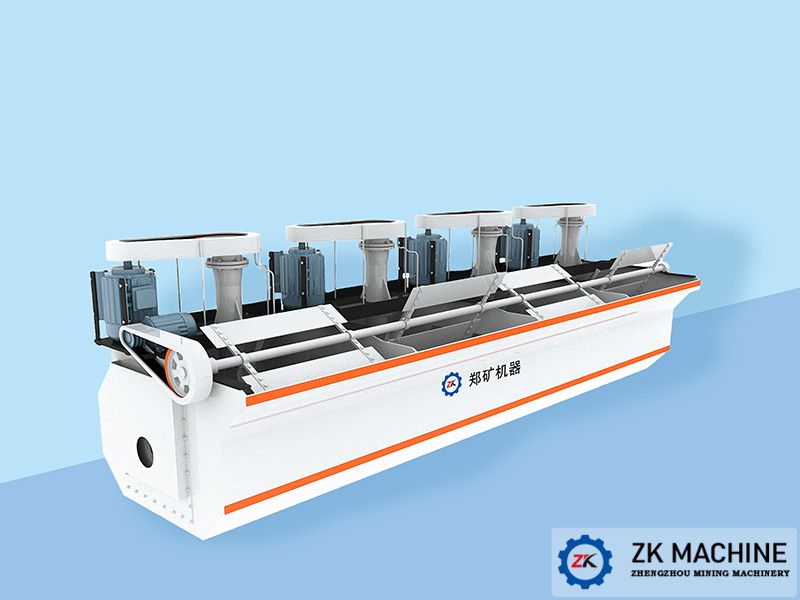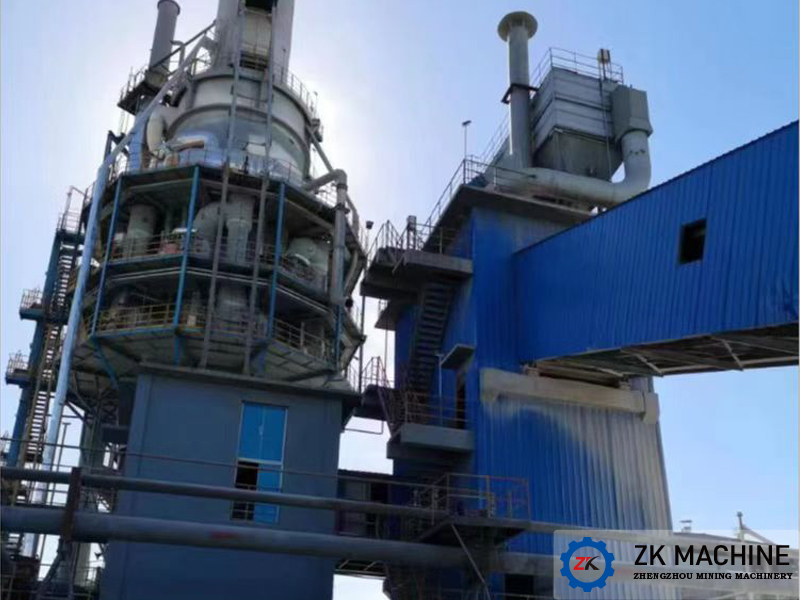Introduction
Thermal desorption is typically used to clean up soil that is contaminated with VOCs and SVOCs at depths shallow enough to reach through excavation.
Thermal desorption removes organic contaminants from soil, sludge or sediment by heating them in a machine called a “thermal desorber” to evaporate the contaminants. Evaporation changes the contaminants into vapors (gases) and separates them from the solid material.
Technical principle:
Through direct or indirect heat exchange, the organic pollutants in the soil are heated to a sufficient temperature so that the organic pollutants can be volatilized or separated from the polluted medium, thereby achieving the purpose of removing organic pollutants in the soil;
Technical application:
1) It is suitable for the removal of volatile and semi-volatile organic pollutants in soil and oil sludge;
2) Removal of heavy metal Hg in polluted soil;
System Components:
This system consists of seven main units: feeding unit, discharging unit, thermal analysis unit, condensation unit, waste water treatment unit, tail gas treatment and discharge unit, and electrical control unit.
Features
1. Thermal desorption may be faster and provide better cleanup than other methods, particularly at sites that have high concentrations of contaminants.
2. A faster cleanup may be important if a contaminated site poses a threat to the community or needs to be cleaned up quickly so that it can be reused.
3. Thermal desorption is being used or has been selected for use at over 70 Superfund sites across the country.
Project Cases
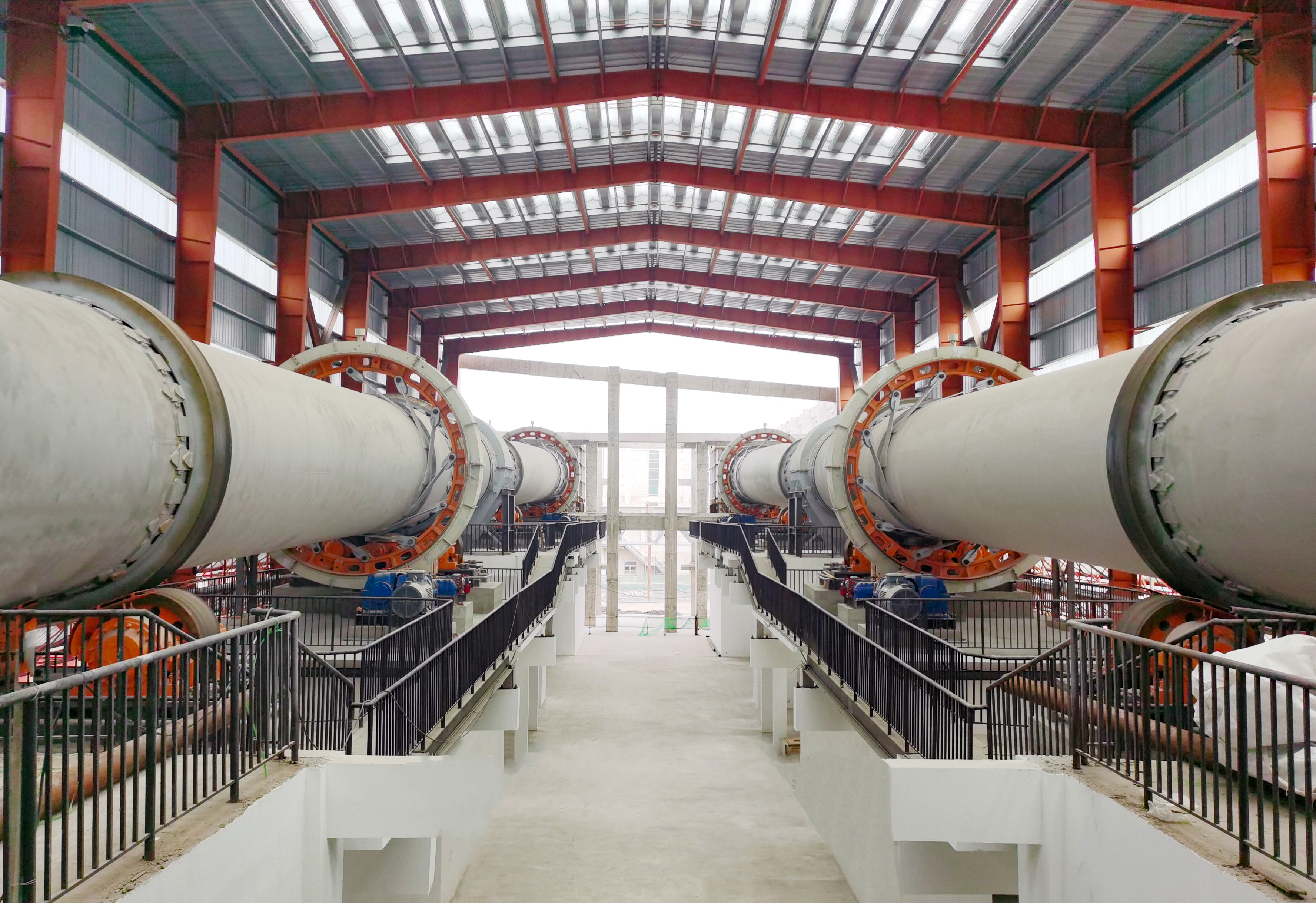 LECA PRODUCTION LINE
LECA PRODUCTION LINE
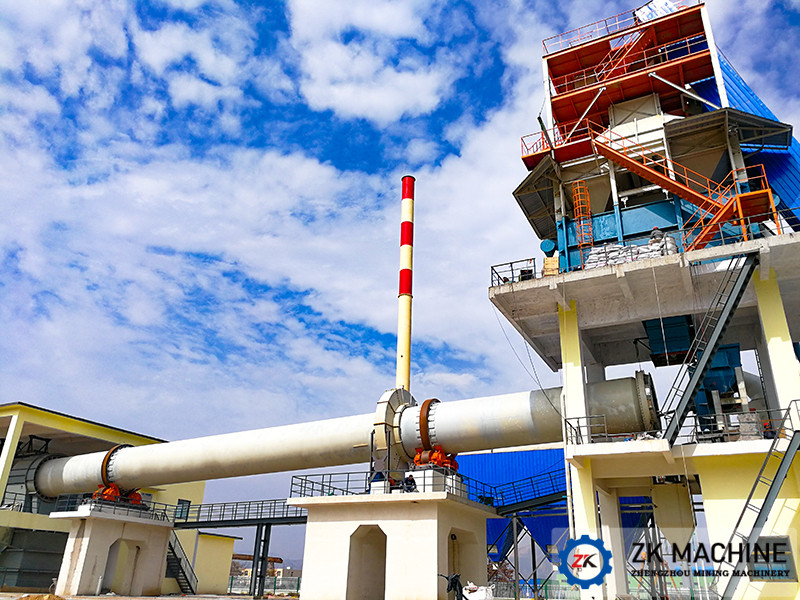 MAGNESIUM PRODUCTION LINE
MAGNESIUM PRODUCTION LINE
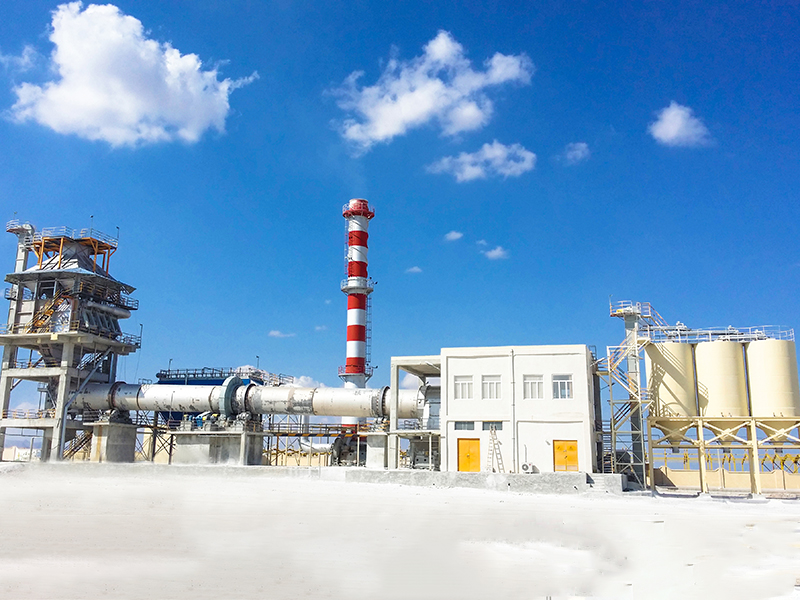 ACTIVE LIME PRODUCTION LINE
ACTIVE LIME PRODUCTION LINE
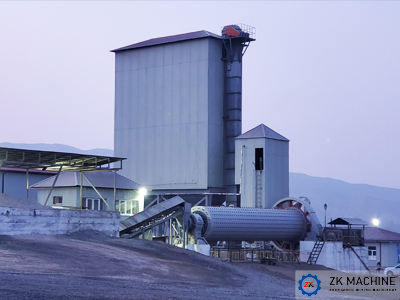 CEMENT GRINDING STATION
CEMENT GRINDING STATION
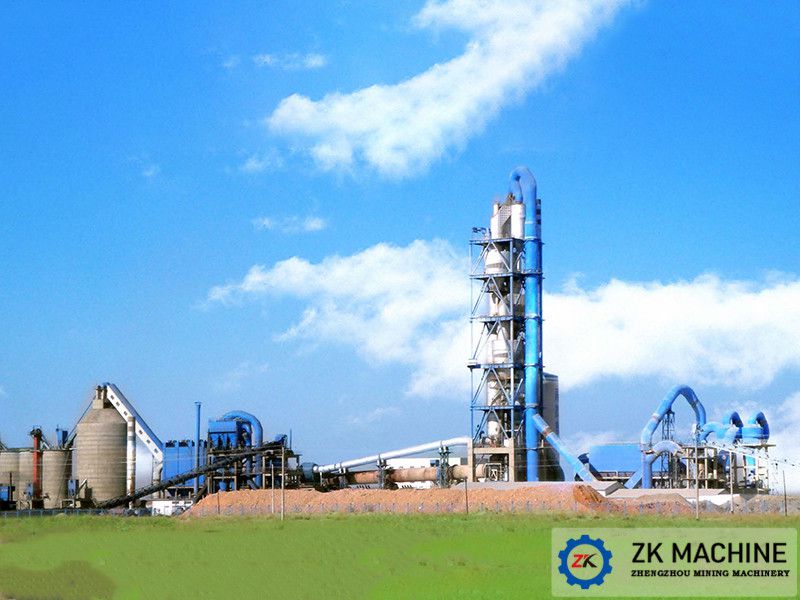 CEMENT PRODUCTION LINE
CEMENT PRODUCTION LINE
 LIME SLAKING PLANT
LIME SLAKING PLANT
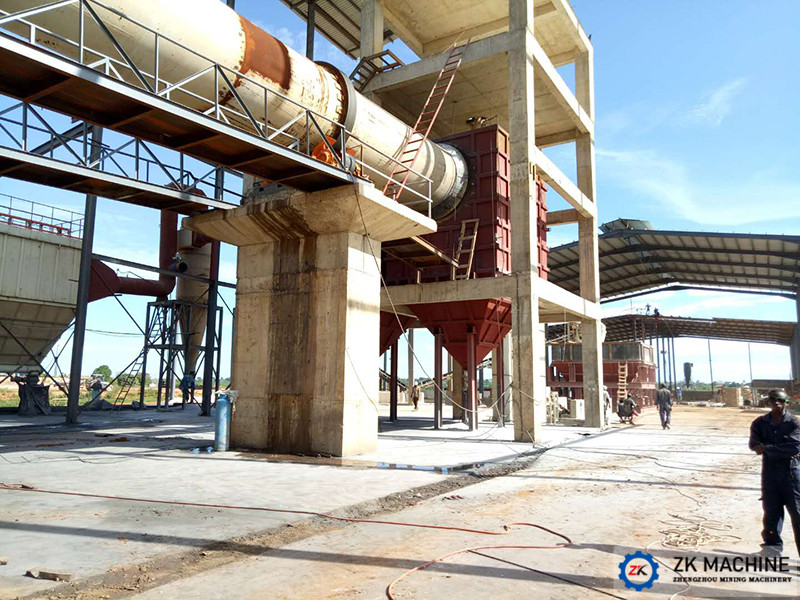 MAGNESIUM OXIDE (MgO) PLANT
MAGNESIUM OXIDE (MgO) PLANT
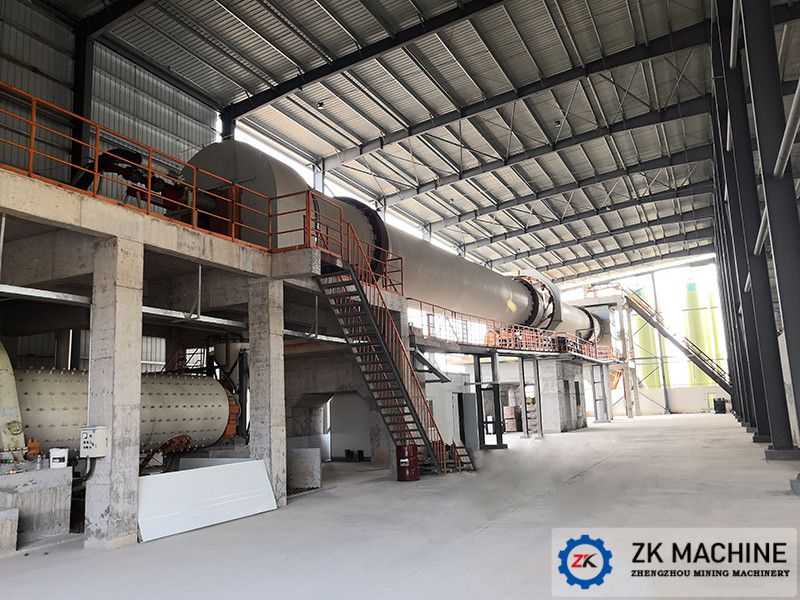 LITHIUM PRODUCTION LINE
LITHIUM PRODUCTION LINE
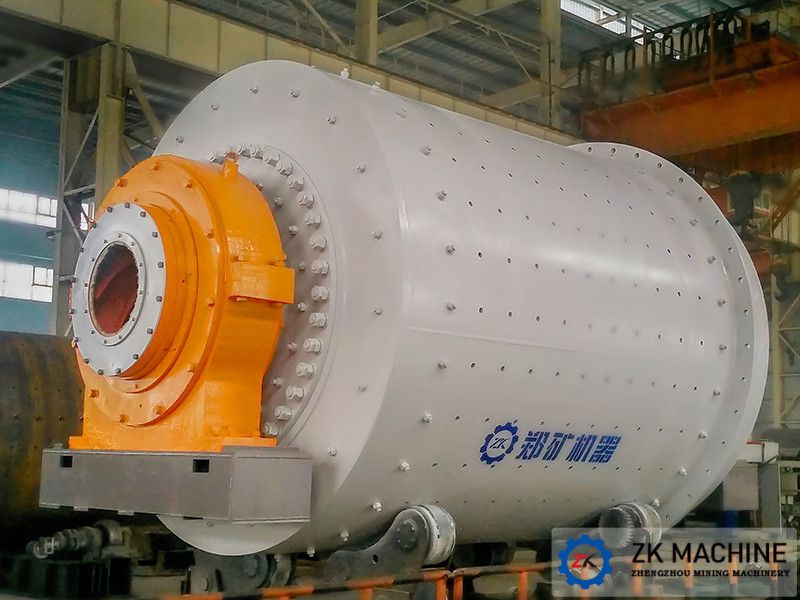 ORE DRESSING LINE
ORE DRESSING LINE
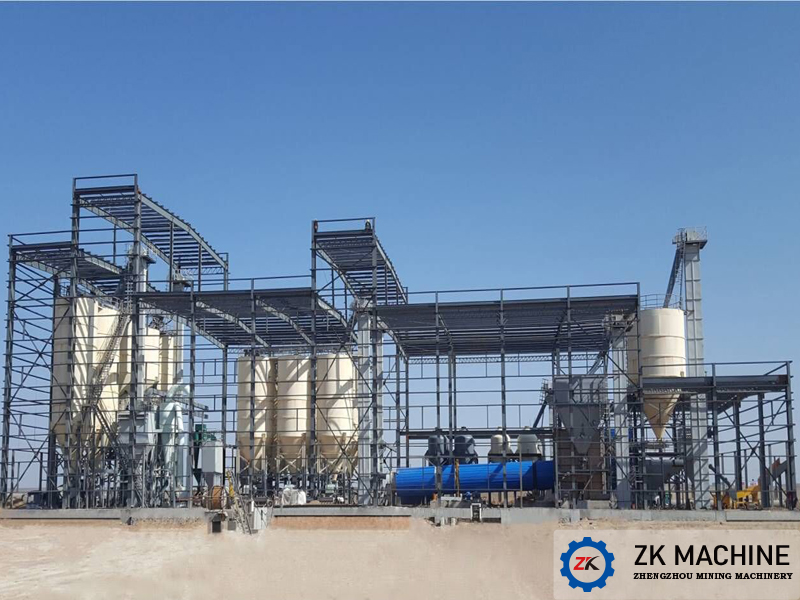 GYPSUM POWDER PRODUCTION LINE
GYPSUM POWDER PRODUCTION LINE
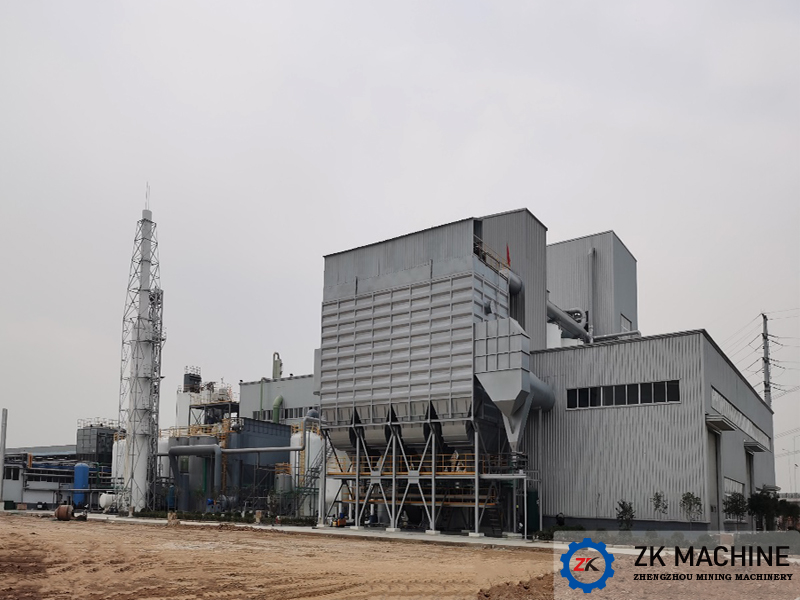 ALUMINUM ASH PROCESSING SYSTEM
ALUMINUM ASH PROCESSING SYSTEM
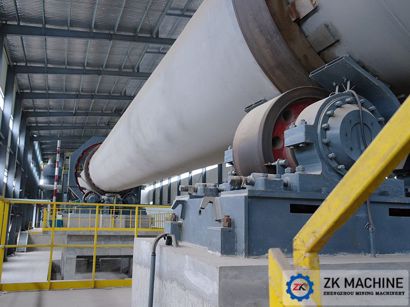 FRACTURING PROPPANT PRODUCTION LINE
FRACTURING PROPPANT PRODUCTION LINE
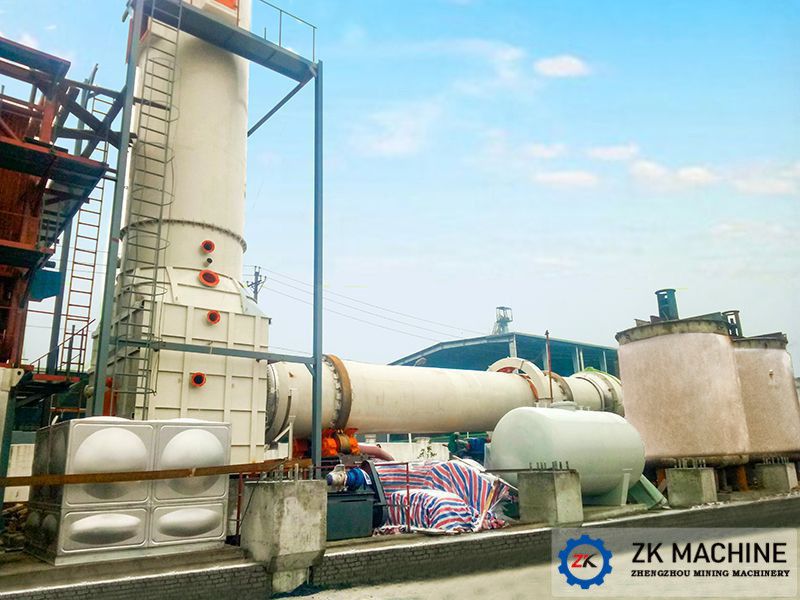 SOLID (HAZARDOUS) WASTE INCINERATION SYSTEM
SOLID (HAZARDOUS) WASTE INCINERATION SYSTEM
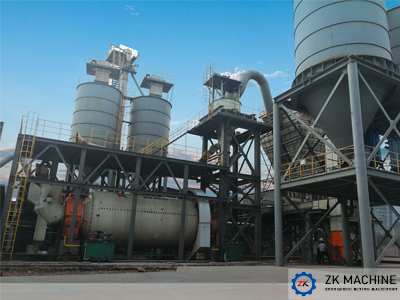 PULVERIZED COAL PREPARATION PRODUCTION LINE
PULVERIZED COAL PREPARATION PRODUCTION LINE
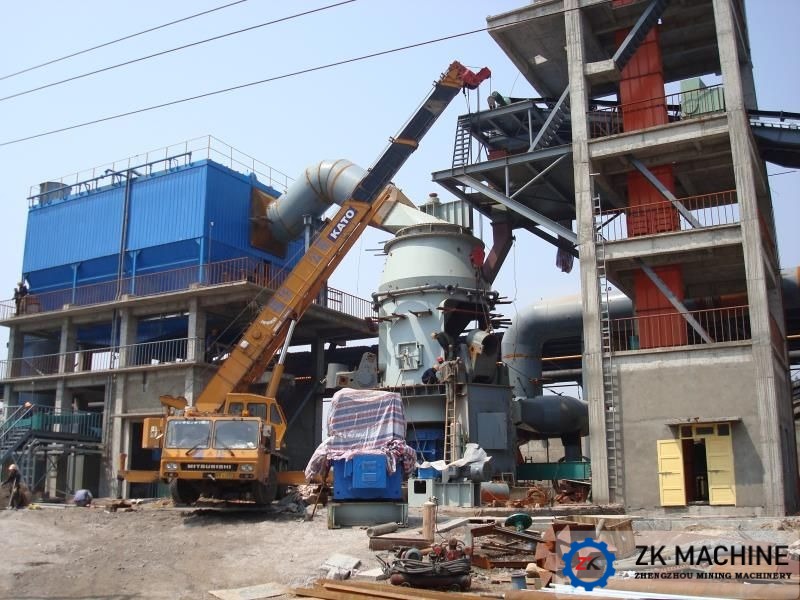 GGBS PRODUCTION LINE
GGBS PRODUCTION LINE
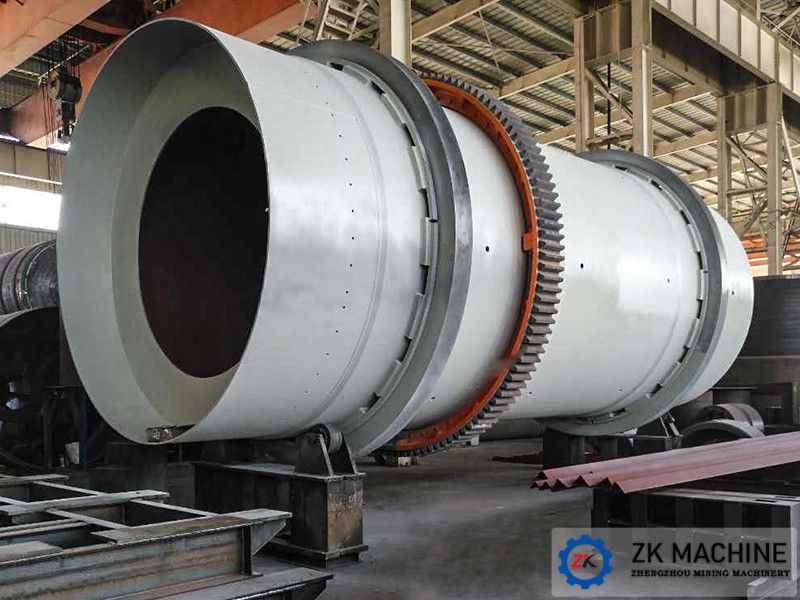 SUPERPHOSPHATE PRODUCTION LINE
SUPERPHOSPHATE PRODUCTION LINE
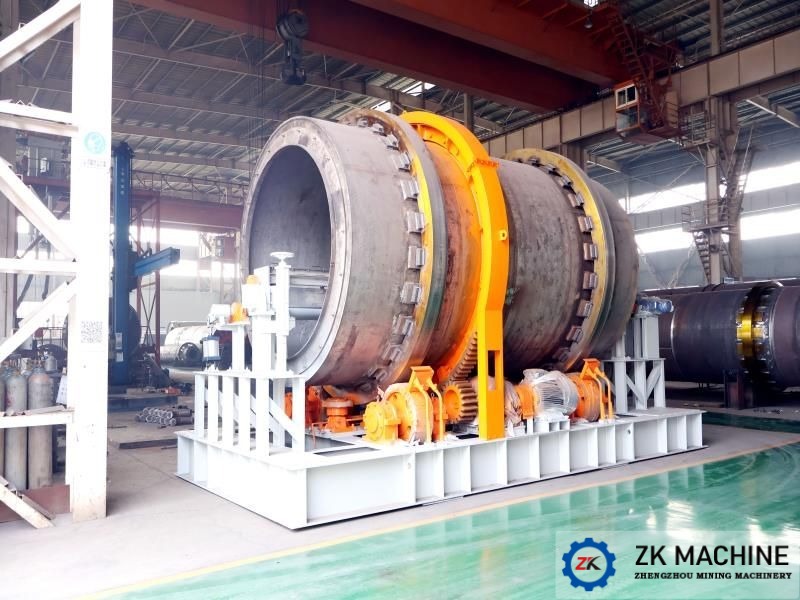 MOLECULAR SIEVE PRODUCTION LINE
MOLECULAR SIEVE PRODUCTION LINE
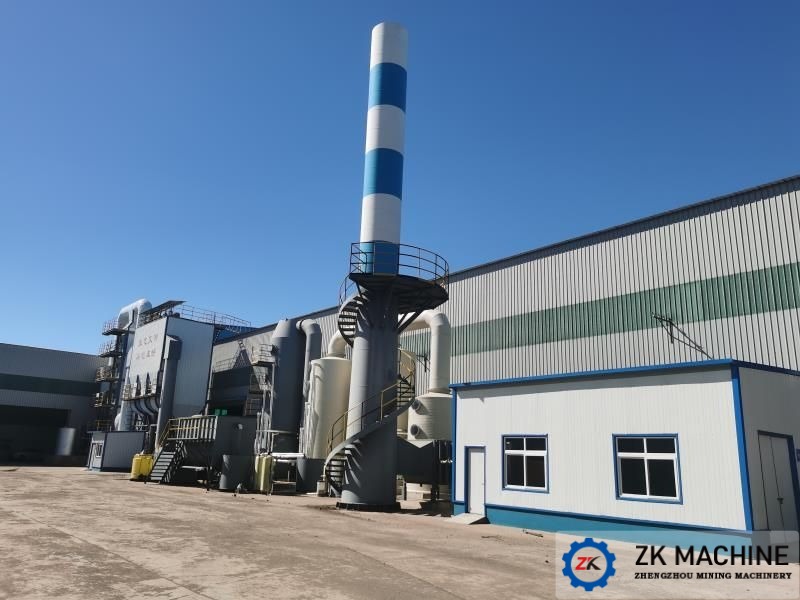 FLUE GAS PURIFICATION SYSTEM
FLUE GAS PURIFICATION SYSTEM
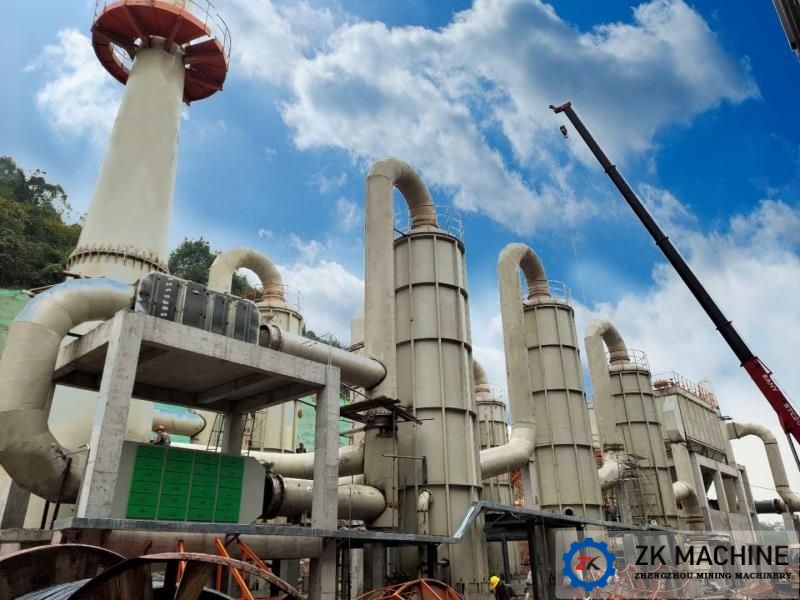 FGD SYSTEM
FGD SYSTEM
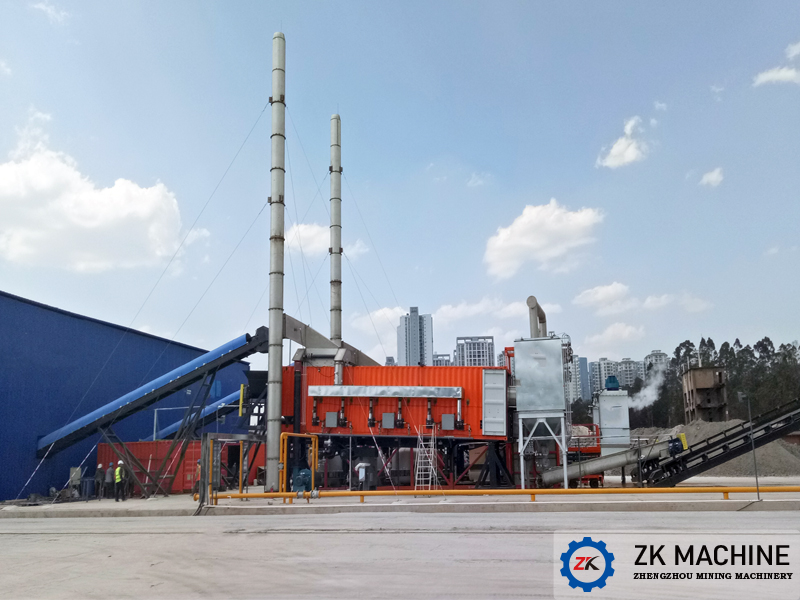 SOIL REMEDIATION SYSTEM
SOIL REMEDIATION SYSTEM
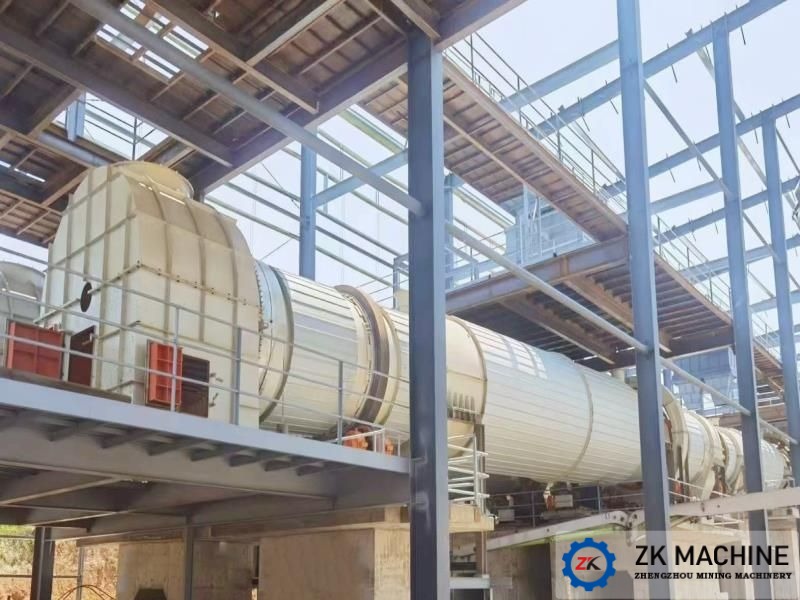 PHOSPHOGYPSUM DISPOSAL PRODUCTION LINE
PHOSPHOGYPSUM DISPOSAL PRODUCTION LINE
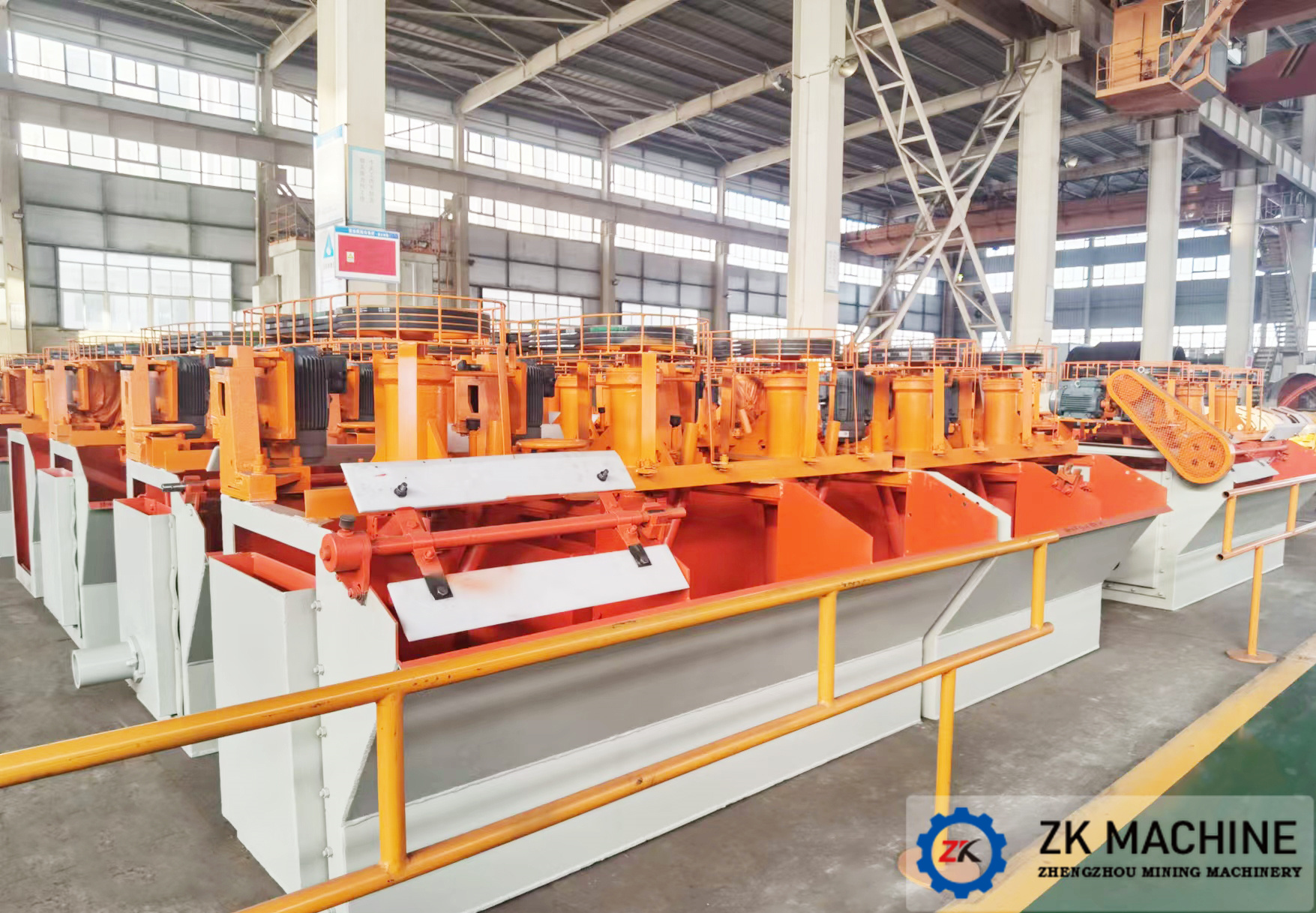 PHOSPHATE ORE DRESSING LINE
PHOSPHATE ORE DRESSING LINE
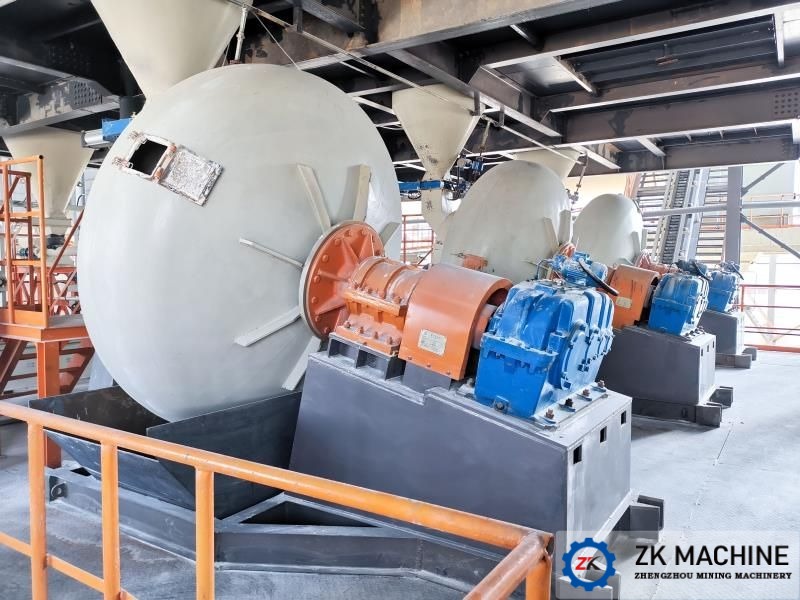 PHOSPHATE ORE PELLETIZATION PRODUCTION PROCESS
PHOSPHATE ORE PELLETIZATION PRODUCTION PROCESS
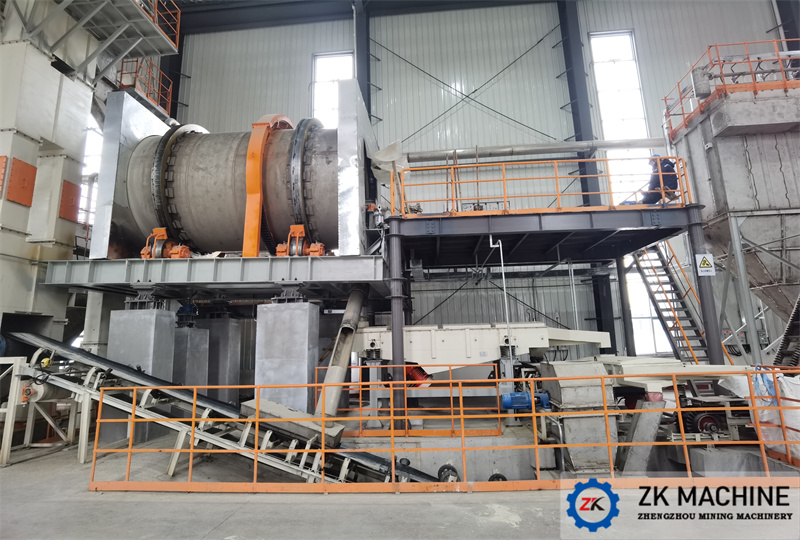 LITHIUM BATTERY RECYCLING LINE
LITHIUM BATTERY RECYCLING LINE
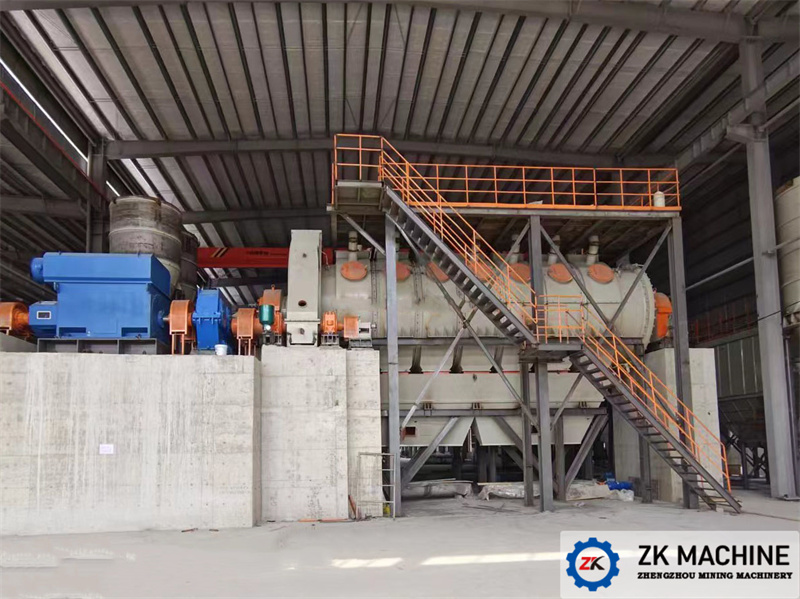 ALUMINA CALCINING LINE
ALUMINA CALCINING LINE
